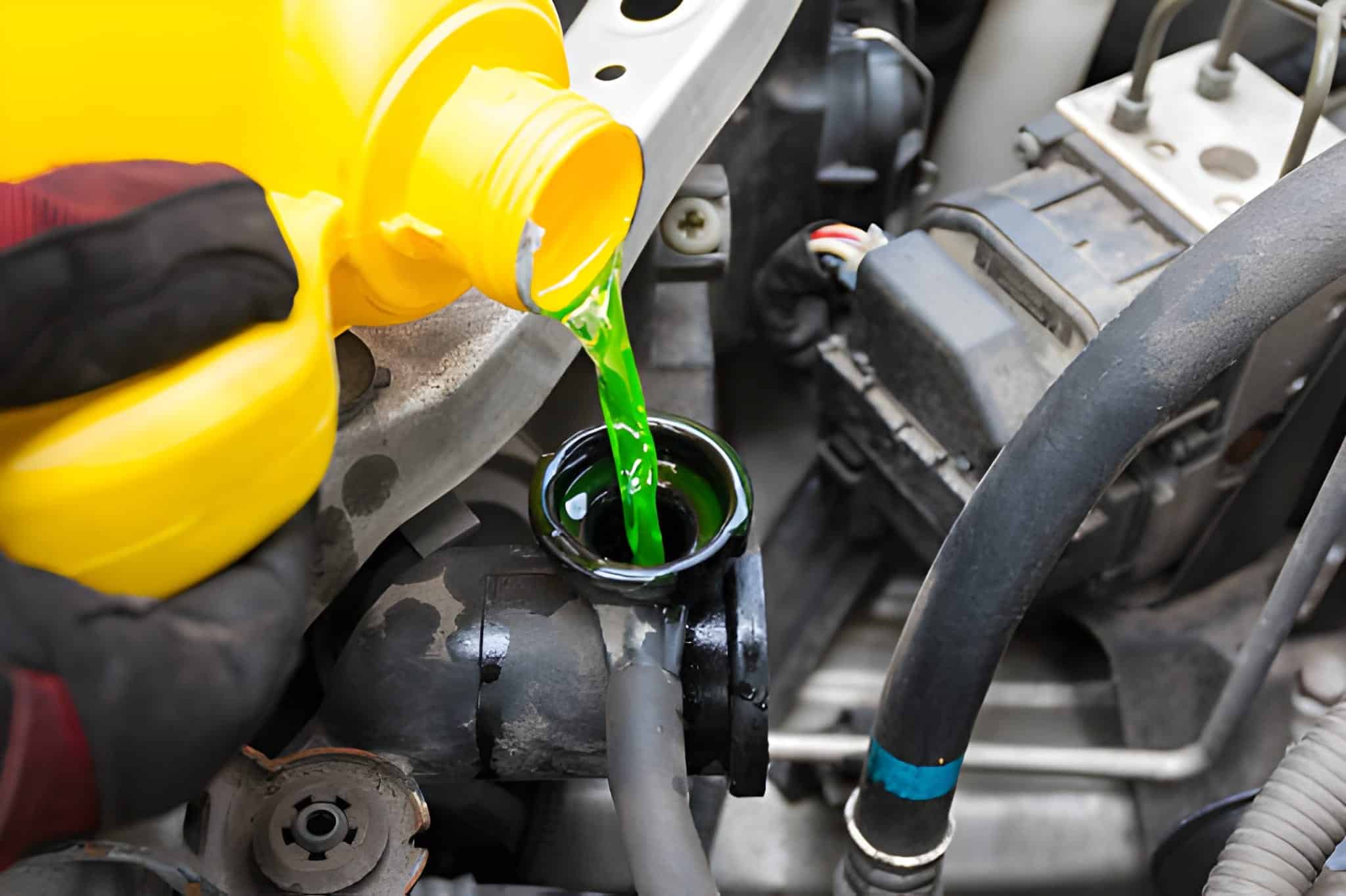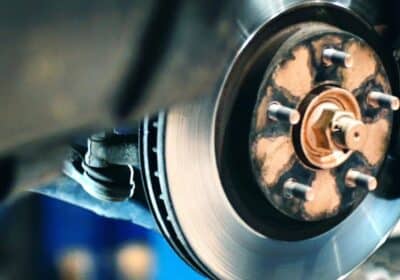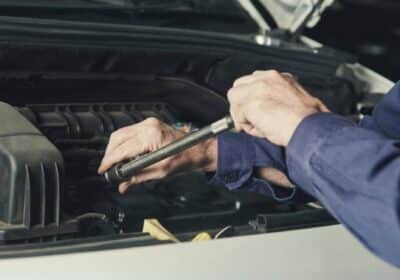Introduction
As summer winds down and fall approaches in Las Vegas, Henderson, and the surrounding valley, drivers begin to experience subtle but important changes in weather and driving conditions. The scorching heat that defined summer starts to give way to cooler mornings and evenings, possibly dust storms or monsoonal shifts, and shorter daylight hours. For those who own a European vehicle, Mercedes-Benz, BMW, Audi, Jaguar, MINI, Volkswagen, and the like, these seasonal transitions demand specific attention. European cars are built for precision and performance; small impacts from the environment and climate changes can magnify over time if left unchecked.
At Frank’s European Service, we believe that preparing your vehicle now will save you frustration, money, and ensure it continues to operate safely and reliably through the rest of the year. In this post, we’ll walk through the key maintenance steps to take when moving from summer into fall.
- Cooling & Heating System Check
Even though summer heat is fading, your cooling system still works hard during very warm days, and soon you’ll need the heating system for cool mornings and nights. Ensure:
- Radiator, hoses, and belts are in good condition: no cracks or soft spots. Heat and thermal cycling degrade rubber and connections.
- Coolant is changed or topped up per the manufacturer’s schedule. Old coolant can become acidic or lose inhibitors, which can lead to corrosion or reduced heat transfer.
- The heater core and blower motor operate properly, so the cabin warms up quickly when needed.
- Tire Inspection: Pressure, Tread & Alignment
Temperature drops and uneven temperatures between day/night can affect tire pressure. Additionally, roads may have more debris, or seasonal rains can degrade surfaces.
- Check tire pressure when tires are cold (morning or before driving)—seasonal variation can drop pressures. Under-inflation leads to increased rolling resistance, poor handling.
- Inspect tread depth and wear patterns. Uneven wear may imply misalignment or suspension issues, which could get worse in cooler, wetter conditions.
- Rotate tires if due, to ensure even wear and prolong lifespan.
- Brake System Safety
Summer driving often involves more stop-start traffic, more stress on brakes. As fall begins, you want your braking system ready.
- Inspect pads, rotors, and calipers. Look for excessive wear, warping, or uneven pad material.
- Check brake fluid. Moisture can accumulate, especially in hot climates; that lowers the boiling point, which can reduce brake performance.
- Test for any brake noise, vibrations, or pulling to one side when braking.
- Electrical and Battery Health
High heat in summer can degrade battery conditions and electrical components; transitioning seasons can expose weak points.
- Test battery voltage and capacity. Replace if close to the end of life or if not holding charge well.
- Inspect terminals for corrosion; clean contacts.
- Check lights (headlamps, fog lamps, interior lights), signals, and electronic features. As the nights grow longer, you’ll rely more on lighting.
- Fluids & Filters Refresh
Fluids and filters are often the unsung heroes of keeping the car running well.
- Oil change if due; engine oil viscosity and performance degrade more rapidly under heat.
- Replace the air filter and cabin filter. Dust and smoke (especially in dry spells or with wildfire smoke) may clog filters. A dirty cabin filter impairs HVAC performance; a clogged air intake hurts engine breathing.
- Check transmission fluid, differential fluids, power steering fluid, coolant, and windshield washer fluid. Ensure they’re at proper levels and quality.
- Wipers, Belts & Seals
Fall can bring seasonal rains or sudden downpours, and often debris, wind, etc.
- Inspect wiper blades for streaks, cracking, and wear. Replace if not clearing well.
- Check belts and hoses for wear: cracking, fraying. Rubber parts degrade with heat and age.
- Examine door seal rubber (weather stripping) to prevent leaks, wind noise, and water intrusion.
- Preparing for Seasonal Conditions
- Keep an emergency kit that includes a flashlight, jumper cables, basic tools, and bottled water.
- Ensure the tire jack and spare are in good shape.
- Check alignments to ensure steering remains stable, especially if road surfaces are less than perfect after summer wear.
Conclusion
Fall is more than just a change of scenery; it’s a transitional phase that affects how your vehicle behaves. Taking action now to check cooling and heating systems, brakes, tires, fluids, and electrical components will ensure your European car not only weathers the rest of summer but moves confidently into autumn and beyond. At Frank’s European Service, we understand what your high-precision vehicle needs to thrive in Las Vegas’s unique climate and driving conditions. We offer expert diagnostics, premium parts, and service tailored specifically for European vehicles.
Don’t wait for small issues to become big headaches. Schedule your fall prep service with us now to ensure safety, reliability, and comfort in every drive. Make an Appointment Today.





